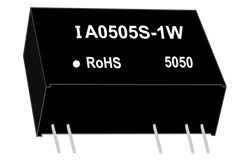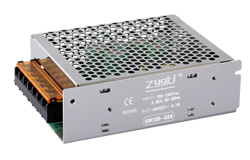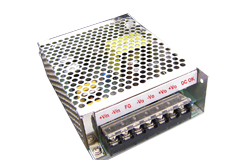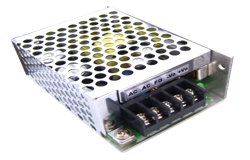About china AC-DC Converter
AC-DC controllers and regulators, and power factor and secondary side controllers that enable high active mode efficiency, low standby mode consumption, and power factor correction.DC/DC converter” is a broad generic term. It includes various types of components and devices, from a tiny onboard converter up to a standalone industrial device.
DC-DC converters are high-frequency power conversion circuits that use high-frequency switching and inductors, transformers, and capacitors to smooth out switching noise into regulated DC voltages. Closed feedback loops maintain constant voltage output even when changing input voltages and output currents.DC-DC converters come in non-isolated and isolated varieties. Isolation is determined by whether or not the input ground is connected to the output ground.
This is the maximum ambient temperature that the DC-DC converter should run in under full load. If pushed past this safety limit, the DC-DC converter may overheat and be damaged or may shut down as a protective measure.







































